
Panel, continued -
FTC uses different analysis in different types of cases
Competent, reliable scientific evience required
DiStefano - biggest surprise is for how many indications ketamine is being advertised- 30 different uses being advertised beyond reasonable uses - lyme’s asthma, dementia, false claims
How to be a discerning consumer - can’t edxpect a lay person to be able to sift through an evidence based medicine analysis for any given purported use of ketamine.
(But again, Spravato plus antidepressant IS being advertised directly to consumers - Direct to consumer advertising started with Reagan.)
Berstein -
in study of telehealth and nline pharmacy - as result of pandemic move ytowards telehealth, 69% said they would be comfortable receiving a contolled substance exlcusively through tel;ehealth. How do you know if youc an trust them?
WHat are best practices?
There are some -
- Are you talking to a real person? A real clinician? Or an ai computer?
- Verifiy credentials
- Platform hipaa complaint?
- Are claims too good to be true?
- what does your health provider say?
Don’t just find an online provider on google and just assume what they are offering is legal.
Around 50% believed if search shows up first, then that is legal and okay. And that is scary.
FTC: opportunity to make money - parallel to stem cell clinics - hundreds of clinics - inherent danger in going online and looking for therapy rather than through the normal course of consultation with physician. People will be drawn to believe misleading claims
Emcee- Some people searching online have an unmet need and are looking for a solution.
Berstein - similar to medspas, stem cells, botox and wieghtloss drugs.
There are real needs and this can be a real treatment.
Emcee- drug developers also called out as making claims on their drugs options


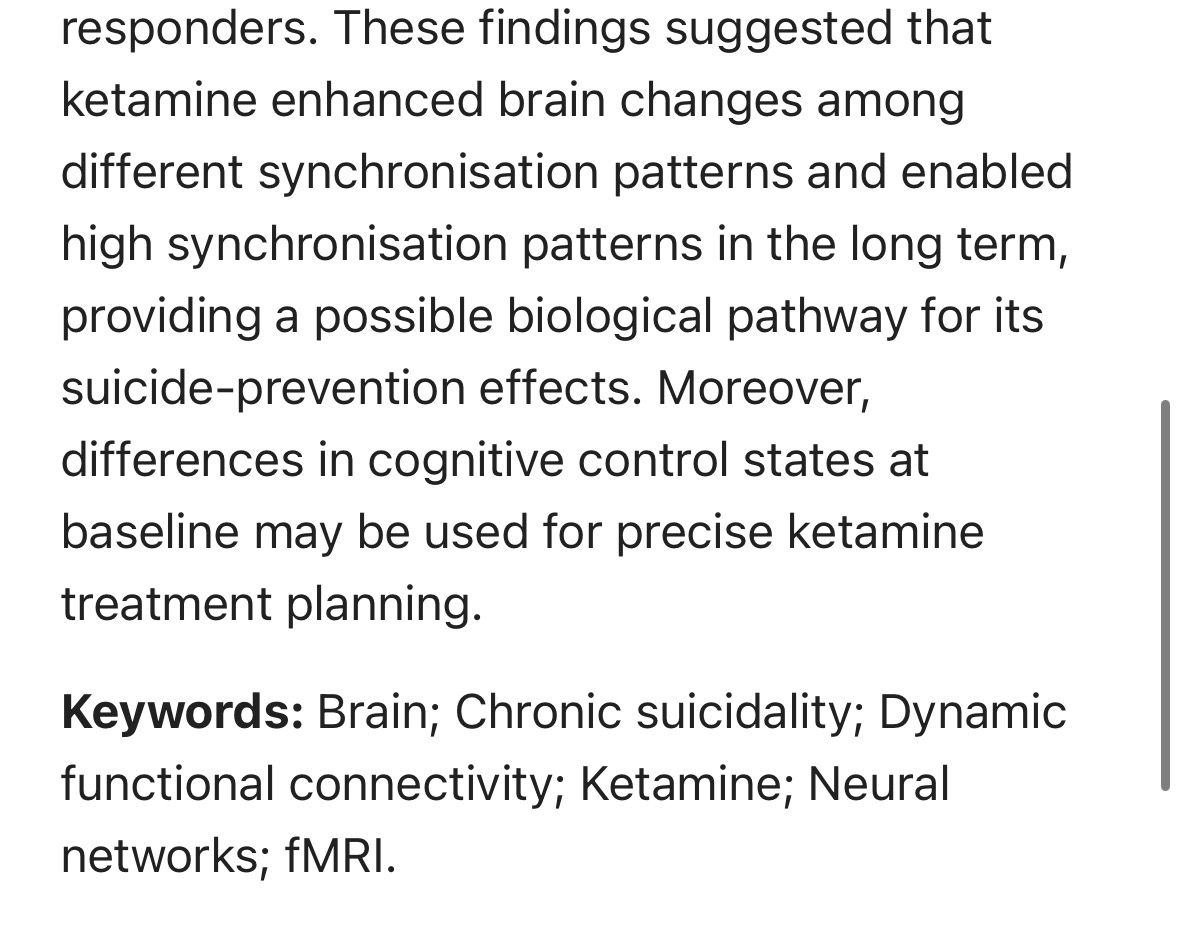
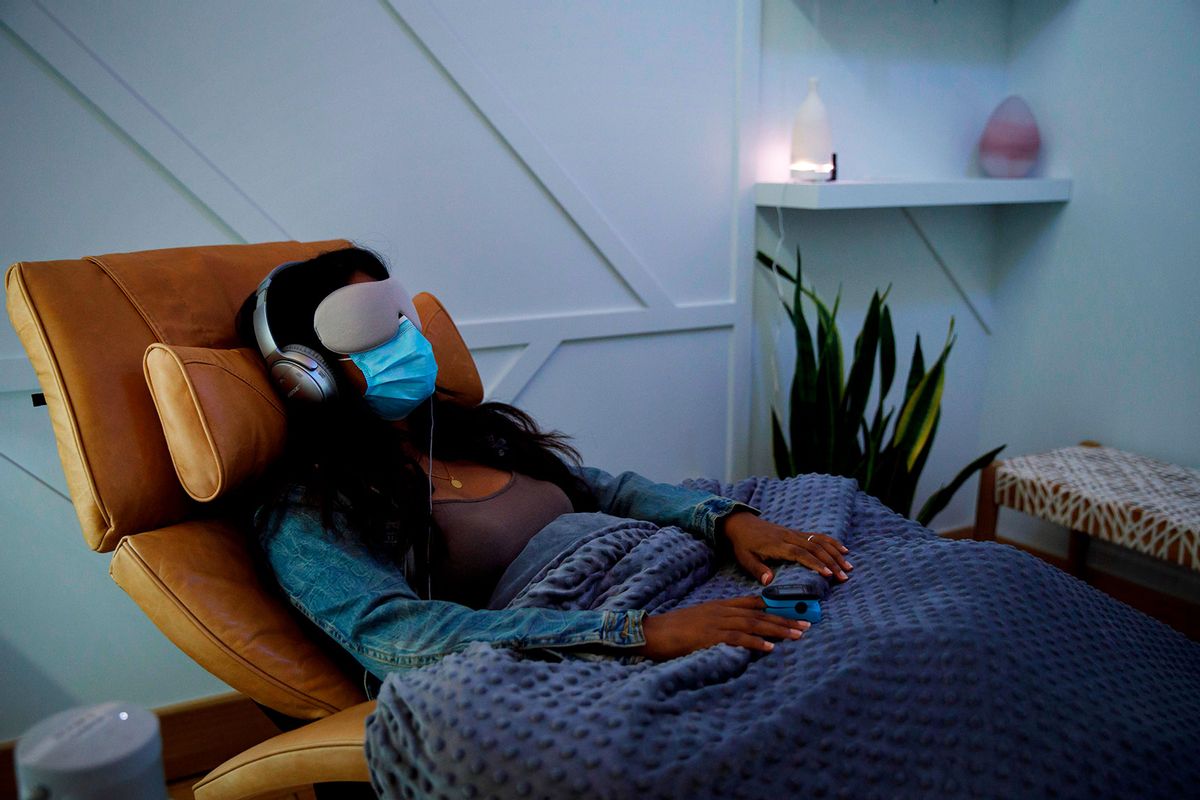
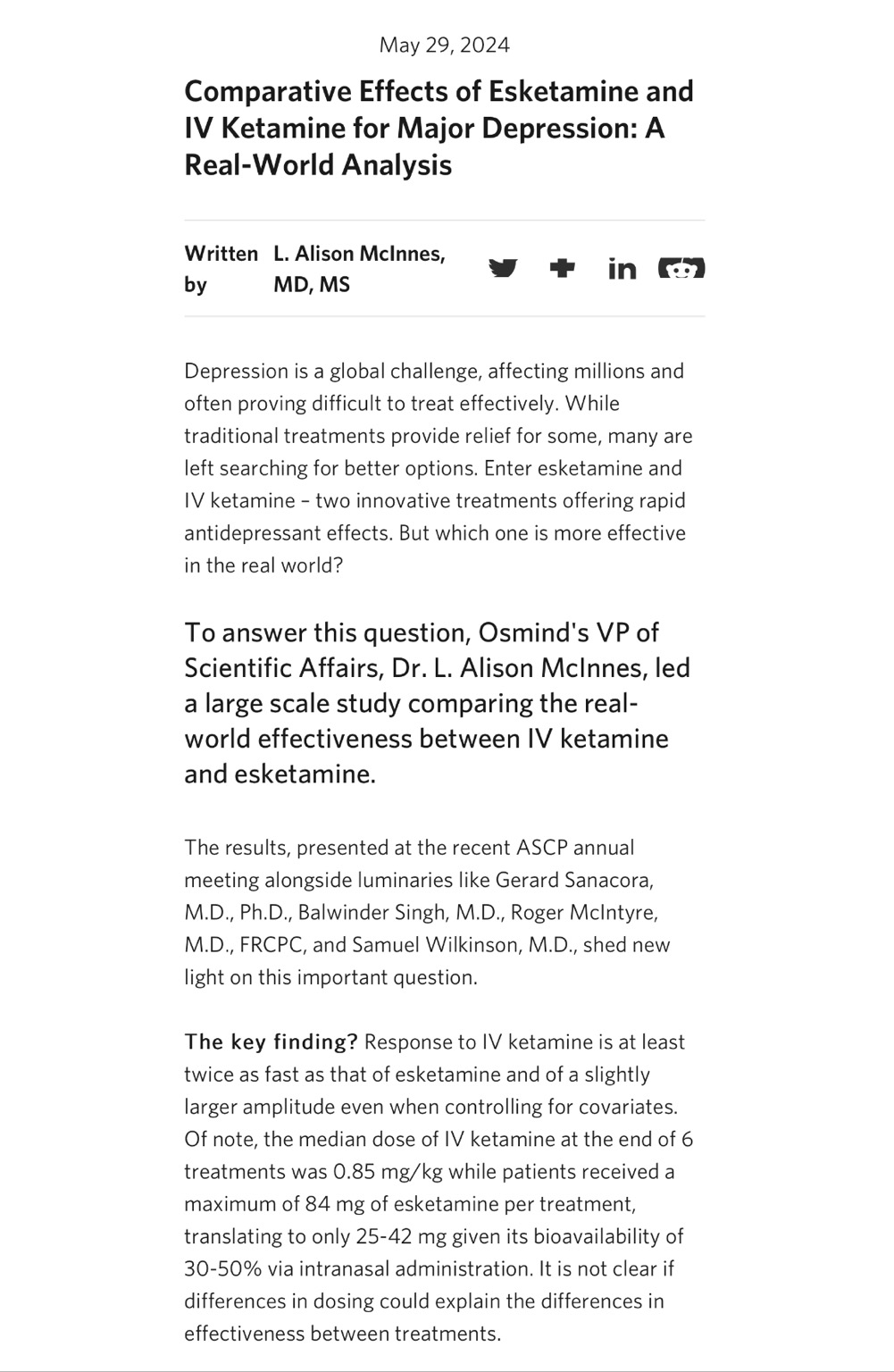


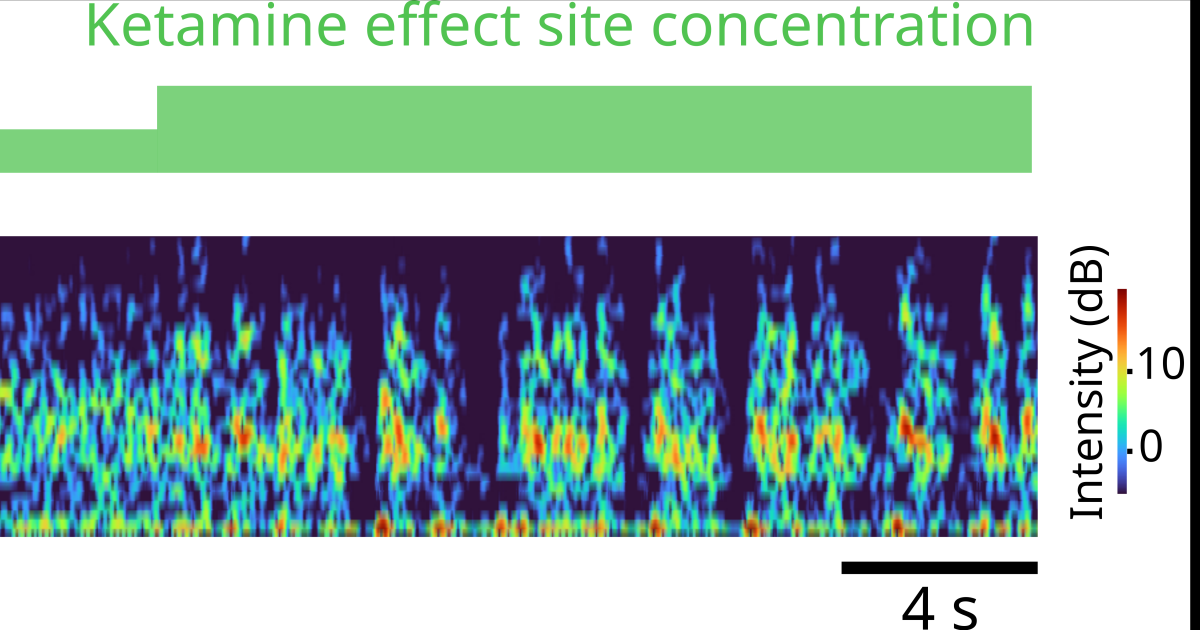


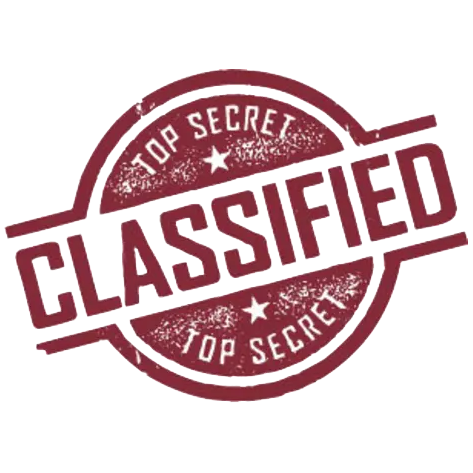
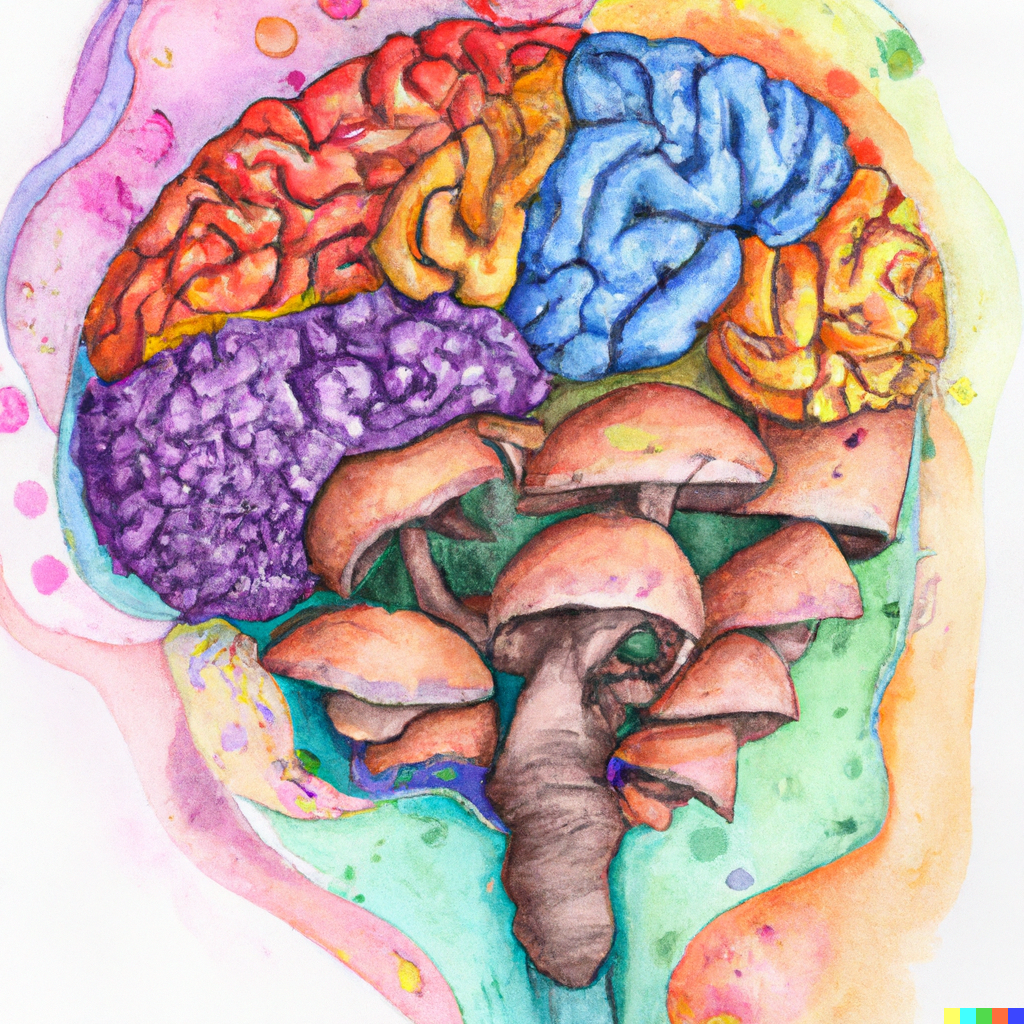
Final Panel -
Eric Hermes, MD, Veterans Health Administration • Caroline Huang, PhD, U.S. Food and Drug Administration • Michelle Kim Leff, MD, MBA, Substance Abuse and Mental Health Services Administration • Lisa Robin, Federation of State Medical Boards • Gerard Sanacora, MD, PhD, Yale University
Hermes: Ketamine for mental health in the community - ketamine that VA delivers, over half, is from community providers. Limited by law for amount of data that can be asked of community providers. Dark spot in quality of care delivered to Veterans.
Leff: SAMHSA has been following policy and is not considered an allowable expense for SAMSHA funds. Not collecting ketamine clinical data currently. Access and affordability important.
Gelfand- DOD - ketamine is very much an orphan drug with evolving indications that will have impact to large segments of the population.
No fiscal incentive to pursue possibilities with this generic drug.
5 indications including acute pain - at least 40 years of evidence demonstrating the safety and efficacy in a trauma environment, echoed in at least half dozen other societies in trauma care. Ketamine as preferred trauma drug for moderate to severe pain in potentially unstable patients. Because of narrow FDA classification for ketamine, DOD has been unable to develop delivery systems that can be used in trauma and down range environment. Found even when given at higher doses, side effects are virtually non-existent. Hemodynamic stability maintained. Only FDA analgesic auto-injector is morphine. We are locked in a difficult situation. All the evidence would have us use ketamine as medicine of choice, but no way to safely administer it in pre-hospital environment. What evidence from 50 years of work is sufficient for the FDA for reclassification for analgesic use? That is goal of DOD, and has been using in trauma pain management in 2012 guidelines, but unable to implement delivery system. Low-dose analgesic use for trauma environment.
Emcee- ketamine is a repurposed drug - part of practice of medicine is to work with off-label, repurposed drugs - FDA indications are not required for every single repurposed medication.
Huang - FDA - gap in accessibility and acceptability and effectiveness for approved medications from provider and patient populations. Not surprising clients want to use ketamine. Want to be sure we can stand behind safety and efficacy if we have approved it. Looking at modernization of clinical trials - clinical trial innovation. Guidance on real world data and evidence. There is a recognition of FDA on the need for better at better data collection. Hopefully the start of collaboration. There is a lot of need. Important to address responsibly.
Robin - need guidance from FDA, otherwise patchwork of regulations will come from each state. There must be a policy framework that can support good care. Loopholes about off-label use, are people being exploited? Disparity in access.
Sanacora - most struck by knowledge gap, even from the speakers. Inaccuracies even in today’s presentation. COming soon - head to head study of Spravato vs iv ketamine. (Note: This has been done already) - Disconnect between what’s being done in the community, what is considered safe by FDA standards, and how to study, since what is happening in the real world is considered unsafe.
Emcee- Could we use real world data to inform and justify the dose used in studies or be used to structure the studies better?
Sanacora- Need more controlled clinical trials. Need both types to be informed by what is safe and efficacious. Studies should reflect what is being used in the real world.
Gelfand- Joint Trauma Registry tracks patients- often gaps in data - as they go through evacuation system.
Most analysis comes from trauma registry, what it has shown is more ketamine used in special forces. Indigenous populations got more ketamine (in Iraq, Afghanitsan) than military personnel. Higher doses didn’t present any significant side effects, or need for advanced airway support. Higer doses than prescribed by TCCC guidelines. Suggests they were titrating to effect. Each patient titrates differently, titrated up to 60 mg per hour.
Literature supports what we’re doing and what we’;re doing is based on the literature.
Emcee- Are there ways to gather info from legit medical practices online?
Sanacora- Some type of registration is necessary. REMS forces the data to be collected.
Refers to online study of 12000 people where only 3000 respond (most likely Mathai, et al, 2024). What happened to the other 9000 they could have died and we don’t know?
Average dose is above 1 mg/ kg well above what most FDA guidance is safe. Most guidance says no more than 60 mg per day. WHat people are getting much above that in the community.
Emcee- Benefit in navigating the FDA process for a repurposed drug like ketamine
Leff- SAMSHA interested in what’s going on illicit and licit use and trying to get a sense of what’s going on, harm reduction strategies, looking at national data trends
Emcee - Why being used? Areas of unmet need.
Gelfand- what you might need for mental health uses is not the same as the acute pain or chronic pain uses. There may be some relationships and safety data, you can pool populations to get combined safety information. In some cases some mental health indications may not be supported, however in pain management there is over 40 years of use.
Sanacora - (a propos nothing) - How dangerous is this use? It’s being used more widely every day, but we don’t lnow if its safe or efficacious.
Gelfand - animal studies not necessarily helpful. Generations of experience and literature.
Sanacora - would be nice to have that data to look at it. (Note- We HAVE the data. He has not looked at it.)
Ah ha moments for panelists-
Haung- Need more and better data to make better regulatory decisions. Room for innovation in study.
Gelfand - ketamine- has it shown non-inferiority to an existing medication like an opiate? Opiate may be superior inc ertain cases, but include much more risk. Common sense approach.
Leff - considering various bioavailability- hope is route of administration can be used in least restrictive setting considered safe so more available to everyone.
People canrt go to iv clinics 2-3 times a week.
Emcee- in product development, will it reach the populations
Sanacora - almost all work done in this field is NOT represnetative of the US population. Studies cost money, and its difficult to get fundng. Mechanism of funding essential. (Note - are his studies for Spravato not representative and generalizable?)
Who’s going to fund it?
These treatments are part of a treatment system, and there are huge contextual effects, like in all of medicine. The data doesn’t support thaat the experience matters. If told it matters, it will matter/. If told it won’t matter, then it won’t matter as much. Need to be generalizable to braod popualtion of the US.
Note- again - Sanacora studied Spravato for Johnson & Johnson, the pharmaceutical company who funded the research.
Robin - proliferation of clinics not doing good medicine. Fear of bad outcomes. Links to IV hydration clinics, some of which offering ketamine. “It’s kind of the “wild west” (note - Second mention of “Wild West”— will do a thread on that to follow)
Recording, transcript and slides posted later this week. Will link here, remove contemporaneous notes and do a post-meeting summary within the week.